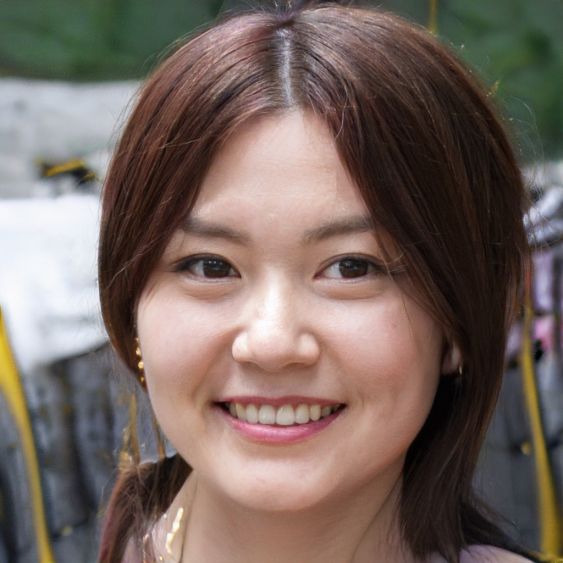Why does mitochondrial fusion occur?
By enabling genetic complementation, fusion of the mitochondria allows for two mitochondrial genomes with different defects within the same organelle to individually encode what the other lacks. In doing so, these mitochondrial genomes generate all of the necessary components for a functional mitochondrion.
What is dominant atrophy?
Autosomal dominant optic atrophy and cataract is an eye disorder that is characterized by impaired vision. Most affected individuals have decreased sharpness of vision (visual acuity) from birth, while others begin to experience vision problems in early childhood or later. What age group is affected by optic atrophy? Optic atrophy type 1 (OPA1, or Kjer type optic atrophy) is characterized by bilateral and symmetric optic nerve pallor associated with insidious decrease in visual acuity (usually between ages 4 and 6 years), visual field defects, and color vision defects.
What causes mitophagy?
Mitophagy as a Selective Form of Autophagy In yeast, mitophagy can be activated by mutations that impair mitochondrial electrochemical potential; two such mutations in Fmc1 and Mdm38 cause aggregation of the F0F1 ATPsynthase subunits and impairment of the mitochondrial H+/K+ exchanger, respectively. What increases mitophagy? Studies have found that fasting is associated with both increased mitophagy 125 and rapid upregulation of PGC-1α in heart tissues 123. Additionally, Parkin has also been shown to be a central regulator of both mitophagy and mitochondrial biogenesis.
What triggers mitophagy?
► Mitophagy is specifically induced by mild and transient oxidative stress. ► Moderate levels of reactive oxygen species do not trigger non-selective autophagy. ► ROS and starvation induced mitophagy occurs in a DRP1-dependent manner. ► Starvation induced hyperfusion of mitochondria counteracts mitophagy. Subsequently, is cytochrome a coenzyme? The coenzyme Q : cytochrome c – oxidoreductase, sometimes called the cytochrome bc1 complex, and at other times complex III, is the third complex in the electron transport chain (EC 1.10. 2.2), playing a critical role in biochemical generation of ATP (oxidative phosphorylation).
Similar articles
- What is a mitochondrial cocktail?
- Why does kava make your mouth numb?
There are many kava varieties that grow on the islands, each with different strengths. Kava roots are rich in kavalactones which are stress-fighting compounds. These compounds act on the nervous system to produce sedative and numbing effects. You will feel numb in your mouth and tongue after drinking kava. Your muscles will also relax.
- Why does L-theanine calm you down?
L-theanine's anti-anxiety effects are achieved by enhanced alpha brain wave activity, and increased synthesis (Juneja 1999; Kakuda2000). GABA synthesis is increased, which in turn increases brain levels dopamine (and serotonin) and results in a general feeling of calm and well-being.
- Why does L-carnitine make you poop?
- Why does magnesium make you poop?
- Why does L-carnitine smell like fish?
- Why does BP increase at night?
 Drugs Forum
Drugs Forum
